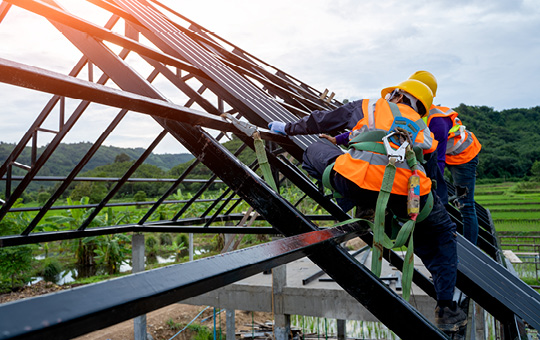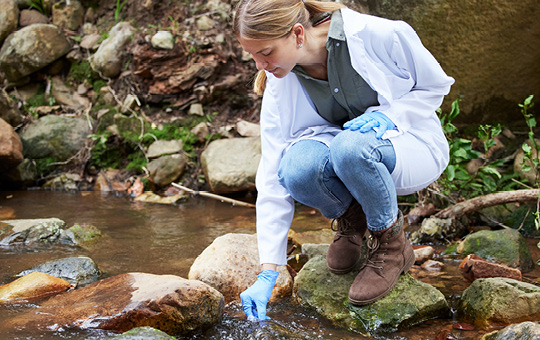What you can do
While it’s impossible to reduce all occupational risks, your employees, customers and partners expect you to create an environment that’s as safe as possible. Compliance is just the beginning. It’s important to understand the issues specific to your industry and your company and develop good health and safety practices that address the risks and opportunities that exist.
Identifying hazards, establishing education and training programs, setting objectives and measuring your progress are all crucial components to a robust health and safety system.
Whether you’re just starting to gain an understanding of your responsibilities or looking for ways to make your operations safer, taking action can protect your employees and your business—while sending a positive message about your commitment to safety leadership.









